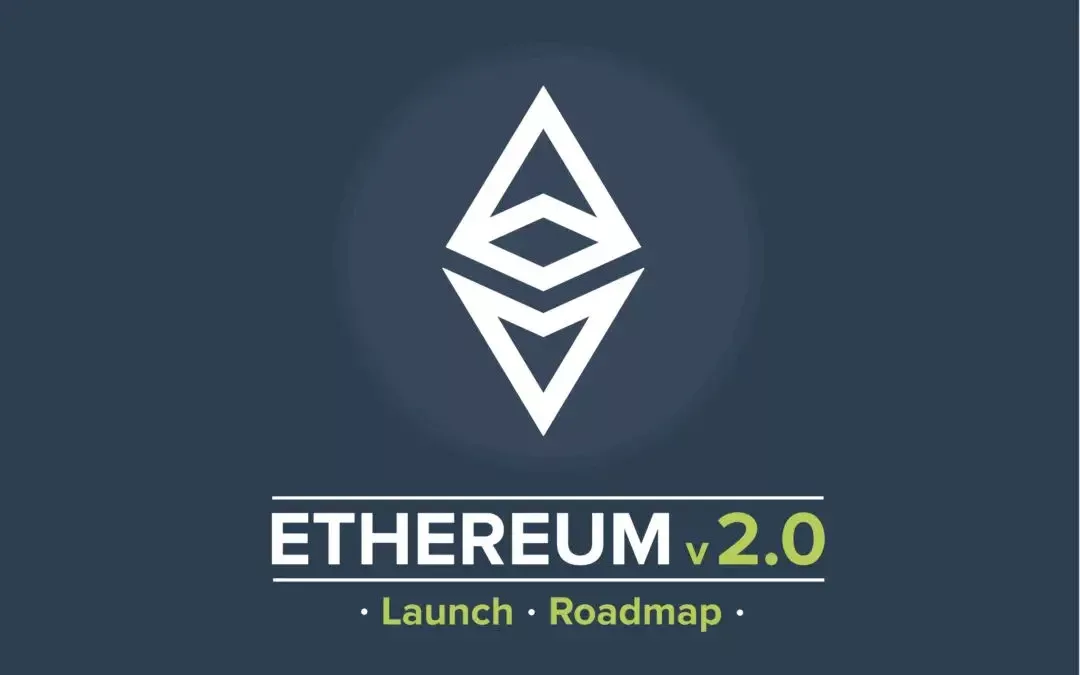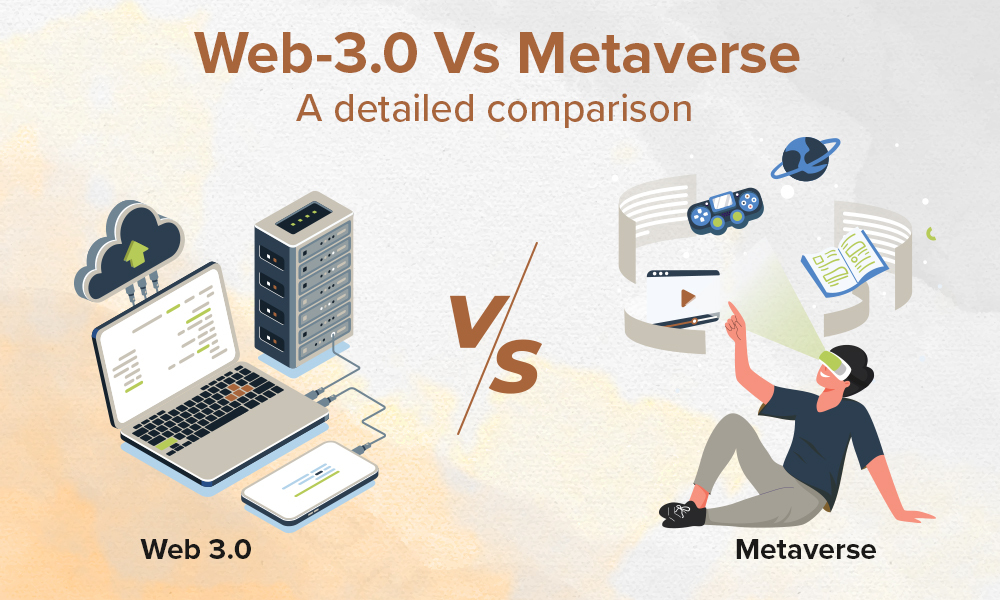[Update] – Ethereum successfully launched another testnet on 12th Oct for the upcoming Ethereum 2.0 upgrade. The testnet is called as Zinken. The testnet has been launched following the launch of the first testnet, Spadina. Ethereum claimed that Zinken saw no participation issues and no major bugs were reported, unlike the previous release. The launch of the new testnet certainly puts the release on track (target of 2020), believes Danny Ryan, the Ethereum Foundation’s lead coordinator for Ethereum 2.0.
Ethereum 2.0 is a long-awaited upgrade to the popular Ethereum blockchain. The upgrade is not a general speed update but an all-new blockchain-based on proof of stake consensus.
It promises a host of updates over the previous version, solving the current challenges. The launch has long been subject to delays and was pushed to Q2 and then Q3 of 2020 due to various problems. As of now, there is no concrete information on when Ethereum 2.0 launch is going to happen. As per reports and other sources, we believe that Ethereum is targeting the year 2020 for the launch of Ethereum 2.0 (phase 0). You can read about all the phases below.
“Ethereum 2.0 protocol upgrade, which will change the consensus mechanism to proof-of-stake (PoS), is still on track.” – Vitalik Buterin
Cointelegraph
As the Ethereum 2.0 release date comes closer, we discuss what the newer version has to offer and how it will be implemented?
Let us first understand what is Ethereum 2.0 and see what all it has to offer.
What is Ethereum 2.0?
Ethereum 2.0, also known as Eth2 or Serenity, is an upgraded version of Ethereum blockchain. The upgrade aims to make the blockchain more scalable, fast, and secure by introducing new proof of stake (PoS) protocol and other updates such as sharding, virtual machines (VM), and more.
The new version primarily offers two significant improvements: Proof of stake and Shard Chains.
Proof of stake – Currently, Ethereum blockchain runs on the proof of work consensus protocol. The current consensus relies on solving complex math problems through massive computing power. This consumes a lot of electricity to verify transactions on the blockchain. On the other hand, PoS relies on validators and deposits of ether, saving a considerable amount of electricity usage.
Read more on the difference between proof of work and proof of stake here.
Shard Chains – Each node in the blockchain has to save the entire copy of the distributed ledger making the verification process slower. What shard chains do is that it breaks down a transaction into shards (small pieces of transactions) and distribute it amongst the network. Each node will work on verifying transactions side-by-side, reducing the overall time taken.
We have covered Ethereum 2.0 upgrades in our previous blog.
Ethereum 2.0 roadmap
To ease the transition for Ethereum users to the new framework, the upgrade will be released in a phased approach. The rollout will happen in three phases: Phase 0, 1, and 2. Phase 2 is set to release this year, although the release date is not yet announced. Let’s have a look at the Ethereum 2.0 roadmap below.
Note: The current Ethereum blockchain will continue to exist in parallel and receive the required upgrades during phase 0.
Phase 0
In the first phase, called phase 0, the ‘beacon chain’ will be implemented, the first building block of the Ethereum blockchain. The beacon chain will execute the new proof of stake consensus and manage the registry of validators (previously miners) on Ethereum 2.0.
Phase 1
The second phase of Ethereum 2.0 is set to roll out in 2021. In this phase, shard chains will be implemented in the blockchain, the scalability solution mentioned above. The implementation of shard chains or sharding will address scalability by allowing Ethereum to process multiple transactions simultaneously.
Phase 2
The third phase will roll out in late 2021 or 2022. Not much has been defined about this phase as of now. According to sources, phase 2 will involve adding accounts, enabling transfers and withdrawals, building development environments to build DApp on top of Ethereum 2.0, and bringing people to use the upgraded blockchain. It is to ensure that Ethereum 1.0 (based on PoW) can be turned off.
You might be interested – Hyperledger 2.0 released
Key Takeaways
Ethereum 2.0 release date has been a highly discussed topic in the blockchain world. The new consensus and shard chains promise considerable improvements over the current version. Releasing the upgrade in phases will also help in a smooth transition from the previous version. However, multiple delays in the release of version 2.0 put a question mark on the opportunities it may offer. For now, we can only wait till there is a concrete announcement for this long-awaited upgrade.




.jpg)
